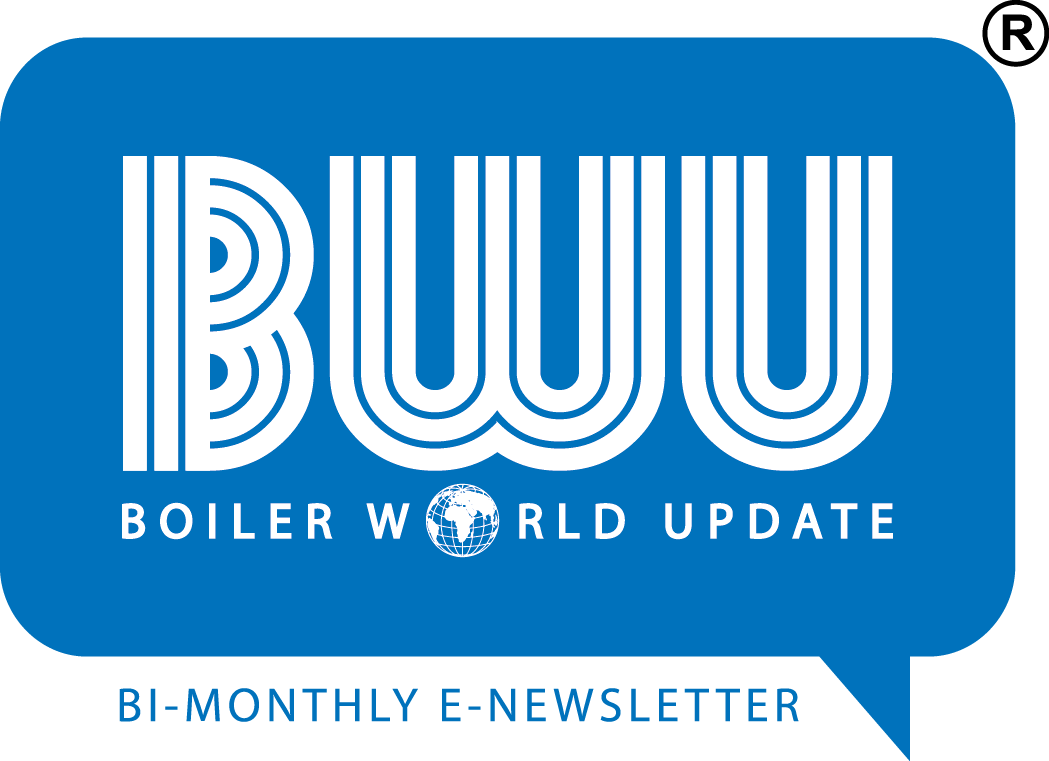Contents
- BIOREACTOR DESIGN PHASE – SAFE, EFFICIENT, APPROPRIATE
- Engineering Design
- Functional Specifications
- Biochar Manufacturing Process Diagram
- Checklist Before Production of Biochar
- Health and Safety Considerations Checklist
- Environmental Considerations Checklist
- Technical Considerations Checklist
- Economic Considerations Checklist
- Training and Staffing Checklist
- Engineering Design

Abstract:
This research article delves into the intricate process of selecting an optimal bioreactor for biochar production, emphasizing the integration of environmental, technical and economic considerations. The study explores key factors such as functional specifications of biochar, process flow diagram, major components, energy independence and potential revenue sources. A thorough analysis of these factors will guide decision-makers in choosing the most efficient and economically viable bioreactor for sustainable Biochar production
- BIOREACTOR DESIGN PHASE – SAFE, EFFICIENT, APPROPRIATE
- Engineering Design
Sound engineering design practice for Biochar production through pyrolysis involves several key steps and considerations to ensure safe, efficient, and appropriate plant operation. Here are some aspects of sound engineering design practice specific to Biochar production:
- Functional Specifications
- Functional Specifications For Pyrolysis Plant
These specifications really matter as every major unit has to see how material flows from the beginning to the end. Developing comprehensive functional specifications for both the pyrolysis plant and the Biochar product.
Covering aspects such as the general philosophy, plant objectives, standards, process description, major components, components supplied by other manufacturers, detailed component specifications, control and electrical systems, commissioning plan, and operating procedures and manuals.
- Functional Specifications For Biochar
Biochar is generally produced for agriculture and soil applications but it is also being produced for replacing the coking coal and pulverised coal in steel making (Green Steel in Brazil). Defining desired qualities and properties of the Biochar product, including particle size, density, water holding capacity, surface area, pore volume, surface properties, carbon content, ash constituent, solubility of minerals, acid neutralizing ability, pH, and nutrient availability. The processes as well as temperature control determine the biochar specifications, hence it should be designed carefully as the end product quality matters the most.
- Biochar For Sustainability
The International Biochar Initiative (IBI) and various national biochar groups advocate for the adoption of sustainability standards in both the production and utilization of Biochar. The goal is to ensure that the biochar generated delivers measurable benefits, encompassing environmental, economic, and social aspects, and is deemed suitable for its intended purpose. Most of the carbon dioxide removal credits operators, CORC/CDRC producers, need to source biomass sustainably and deploy it sustainably to get the credits.
Our designs for Varhad Capital Pvt Ltd had taken all these sustainable aspects into consideration because their project was approved by Puro.earth for the sale of CORCs as a part of their accelerator program.
Table 2.1 offers a comprehensive list of potential outcomes arising from biochar production and application, necessitating thorough analysis to gauge their impacts and assess overall sustainability. Moreover, the Australian New Zealand Biochar Researchers Network (2009) outlines sustainability principles applicable to Biochar, including the imperative to maintain or enhance soil quality without any degradation. The sustainability of biomass (and mineral) resources utilized in Biochar production must be demonstrable, and the entire process should secure a genuine “community license to operate,” beyond meeting statutory requirements in relevant jurisdictions.
Furthermore, any proposed application of biochar to soil or land should, through seeking scientific advice, probabilistically demonstrate the anticipated benefits in terms of quantity and characteristics of the specific biochar materials involved. At a minimum, the activity should establish that soil quality will not be compromised and, ideally, contribute positively to the soil and land use in question.
Table 1.1. Benefits and Disadvantages of Biochar Manufacture and Application
| Biochar (and the energy by-products) manufacture and application can:- | Which can present as benefits… | Or as Disadvantages/negative impacts… |
| (i) Reduce atmospheric Carbon levels | If generated, processed and applied sustainably and efficiently | If sourced unsustainably, processed inefficiently and/or applied inappropriately |
| (ii) Provide essential ecosystem services as a collateral outcome | If sourced as sustainable yields from appropriate land use allocations | If sourced as a result of inappropriate land use or prioritization |
| (iii) Provide sustainable economic opportunities for regional and rural industries | If value is added to residues, uses found for by-products or if symbiotic land use activities are created | Where land use is inappropriately allocated or higher net resource value materials are directed away from food, fibre or higher value applications |
| (iv) Impact soil quality, fertility, erosion and production | If the activity is conducted so as to improve soil quality, fertility, retention and production | If the activity is conducted so as to deliver negative soil impacts (over-harvesting, intensive monocultures etc.) |
| (v) Facilitate the remediation of degraded land | Where the production of biomass yields is from land quite unsuitable for food produc tion | If conducted inappropriately |
| (vi) Provide local, catchment and global water cycle and management outcomes | If conducted sensitively and with due regard to the prevailing water cycle issues | Where inappropriate planting and over- harvesting etc. deliver any or all of the out- comes as disadvantages |
| (vii) Deliver net biodiversity out- comes in the soil and above ground | Where such issues are duly considered in the selection of plantings and the conduct of the specific management plan relevant for each locale | Where intensive planting (monocultures) and harvesting deliver negative biodiversity out- comes |
| (viii) Provide an intensive bioremediation opportunity for certain urban and industrial waste materials | Where the conversion processes have a community licence to operate‖ and are conducted with minimal Impact in relation to value achieved | Where collateral Impacts are disproportionately negative with regard to Value achieved |
| (ix) Improve, maintain or remediate soil quality | Where applied with due regard to demonstrable fitness for purpose | If applied without due regard to actual local needs or receiving soil characteristics |
Adapted from Sustainability Guide for Bioenergy (https://rirdc.infoservices.com.au/items/05-190)
- Biochar Manufacturing Process Diagram
A Process Flow Diagram (PFD) for biochar production illustrates the major steps and equipment involved in the biochar manufacturing process.
Figure 2.1 illustrates the process flow categories (or unit operations) of the biochar production process from the acquisition of biomass to the application of Biochar to soil (including transport (T)). This is only indicative and not definitive for all pyrolysis processes.

Source: IBI
Figure 2.1: Process Flow Diagram for Biochar Production Process ((Roberts et al, 2009)
- Checklist Before Production of Biochar
- Health And Safety Considerations Checklist
During all phases of the process – loading, start-up, operation, shut-down, unloading and storage – the following risks for operators and the public should be considered, and any relevant regulations adhered to:
Fire and explosion (including dust explosion on hot surfaces, combustion during storage)
Particulate and gaseous emissions
Gas leakage (particularly CO)
Noise pollution
- Environmental Considerations Checklist
Operational Effectiveness:
Can the equipment consistently perform at its designed capacity in a stable operating state?
Control System Requirements:
Is full PLC (programmable logic circuit) control or another intermediate control system necessary for the system?
Emission Standards Compliance:
Does the equipment adhere to standards for gaseous and particulate emissions? Obtain information from local, state, or national environmental protection agencies (or equivalents).
Noise and Odor Compliance:
Does the equipment meet the relevant standards for noise and odour emission beyond the site boundaries?
Quality Directive Compliance:
Is compliance with air, water, and soil quality directives ensured?
Feedstock-Related Risks:
Are there specific risks associated with particular feedstocks, such as the production of carcinogens under specific pyrolysis conditions?
Sustainability of Feedstock:
Is the feedstock sourced sustainably, considering its indirect impact on environmental compliance?
Environmental Implications of Feedstock Use:
Does obtaining a specific feedstock have negative environmental implications for humans, animals, plants, biodiversity, or water quality?
Biochar Quality and Characteristics:
Can the equipment produce Biochar with suitable quality and soil amendment characteristics? Are there any toxic components in the Biochar harmful to organisms or plants in the soil?
Data for Life Cycle Analysis:
Does the plant instrumentation provide sufficient data for a life cycle analysis, enabling measurement of energy, greenhouse gas, and economic benefits?
Waste Management:
Are there solid or liquid wastes (e.g., tar) that need disposal? What are the relevant regulations, and how will these materials be effectively managed and treated?
- Technical Considerations Checklist
Material And Manufacturing Suitability:
Have materials, components, and the manufacturing process been carefully chosen to withstand the temperature, pressure, and weight stresses expected during operation?
Compliance With Manufacturing Standards:
Is adherence to relevant manufacturing standards, such as the EU Machinery Directive, ensured? Does the equipment carry the appropriate classification for potentially explosive atmospheres, like the ATEX rating in the EU?
Pressure Relief System For Safety:
What provisions are in place for a pressure relief system to prevent or minimize deflagrations, ensuring operational safety?
Compatibility With Local Feedstocks:
Is the equipment suitable for locally available feedstocks as long as they meet specified criteria? What degree of deviation from the specified feedstock is acceptable without causing operational issues?
Local Manufacturing and Repair:
Can the equipment be manufactured and repaired effectively and economically under local conditions?
Warranty and Support for Sub-contracted Items:
What warranties are provided for sub-contracted items, and what level of support can be expected and for how long?
Syngas Treatment:
How will the syngas produced from feedstock pyrolysis be treated? Does it meet emissions standards when emitted untreated? Will it be flared, utilized for pyrolysis, or employed as an energy source?
Post-Processing Needs:
Is any re- or post-processing of feedstock/Biochar required? For instance, might pre-processing involve actions like grinding or sieving, while post-processing could include blending Biochar with other materials to create a Biochar mineral complex?
- Economic Considerations Checklist
- What is the expense associated with acquiring feedstock, or the financial gain achieved by avoiding waste disposal costs?
- How much does it cost to procure and operate pyrolysis equipment?
- What additional expenses or advantages need consideration? What are the parameters defining the Biochar ‘system’ under examination, including factors beyond the direct production and application of Biochar, such as reduced transportation or lower fertilizer usage?
- Does the entire analysis indicate a net economic benefit?
- Training and Staffing Checklist
- What kind of training is necessary for operating the plant, and how many shifts are needed to keep it running?
- How will the staff be trained, and what evidence or certifications can demonstrate their proficiency in handling the equipment?
- Do all team members possess a comprehensive understanding of the process, operating conditions, safety protocols, and potential risks?
- Who holds the responsibility for commissioning, initiating, and handing over the plant?
- Is there an option for securing long-term operation and maintenance contracts from the plant provider if the facility is purchased?
Author
Prasad Dahapute
Founder and MD
Varhad Capital Pvt Ltd

